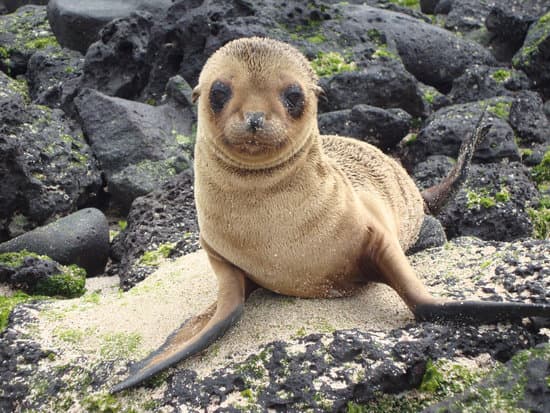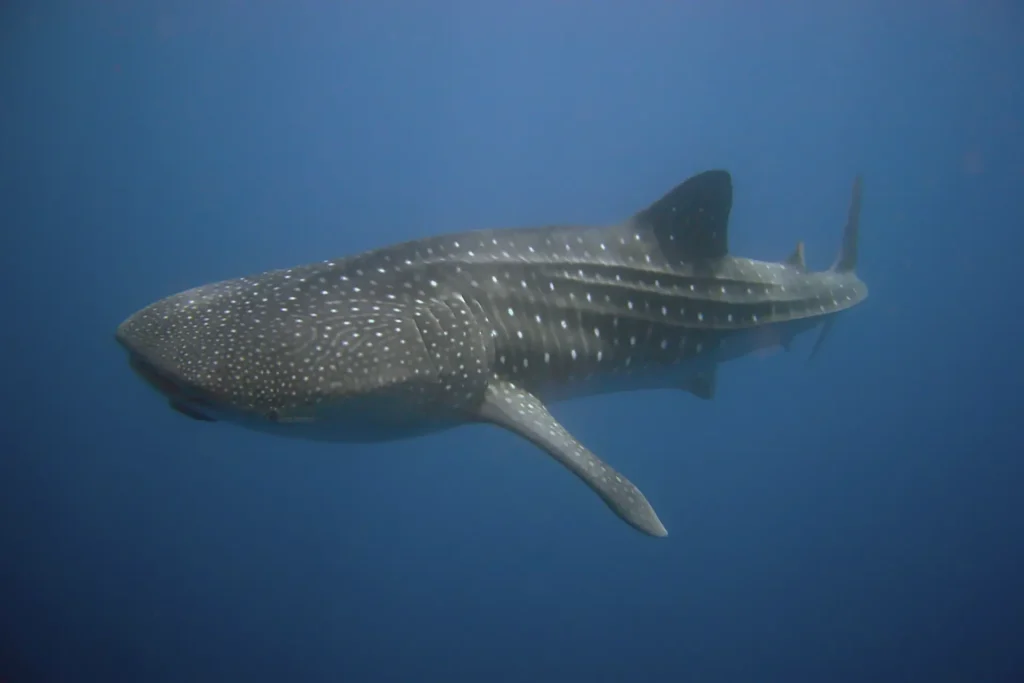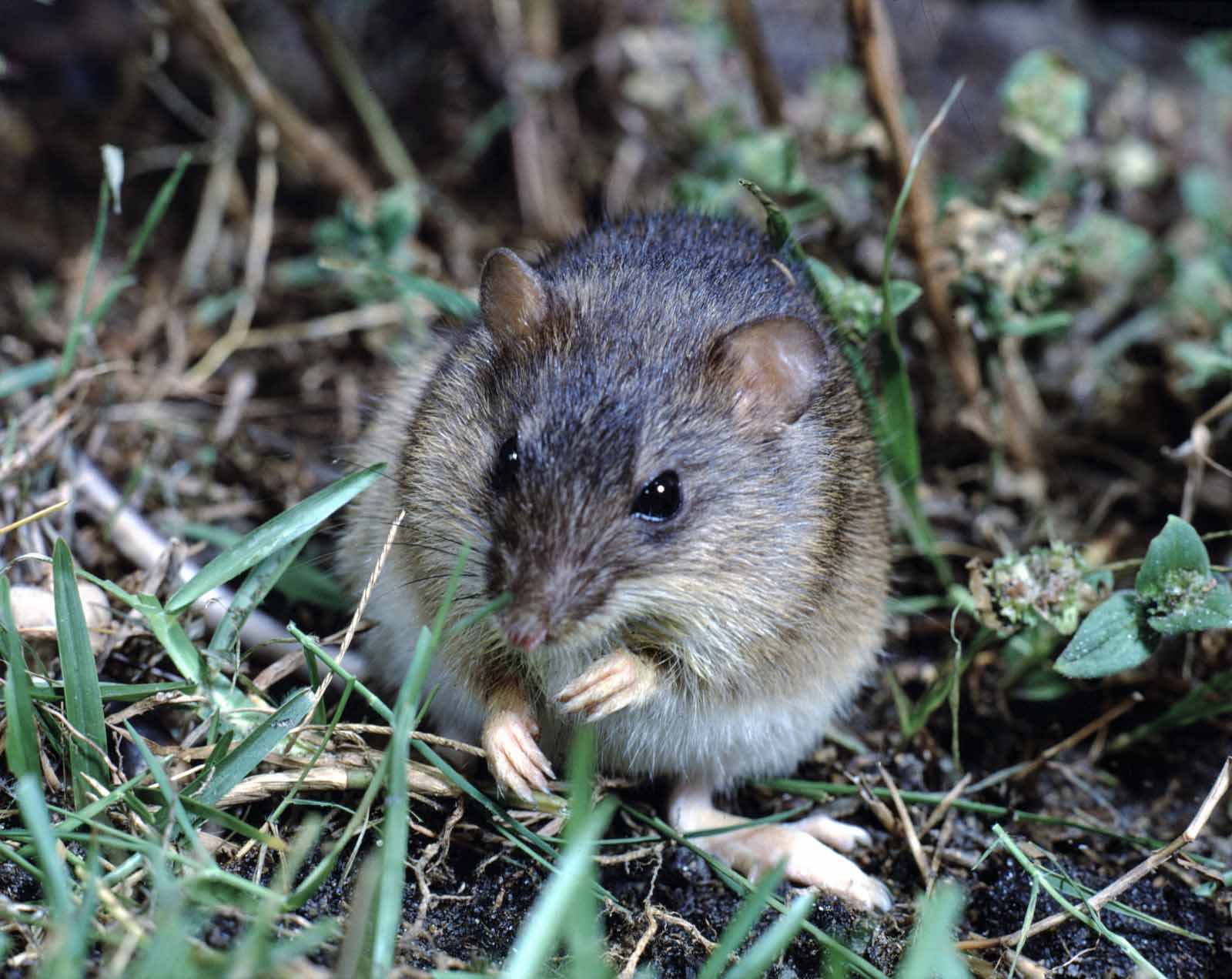Galapagos Mammals
Are you curious about the unique mammals living in the Galapagos Islands? The Galapagos hosts some fascinating creatures that have adapted to its harsh conditions. In this post, you’ll learn how these animals arrived, survived, and thrived on the islands.
Arrival of Galapagos Mammals
Many small mammals arrived naturally on the Galapagos Islands. Humans introduced other non-native mammals over time.
Natural arrival of small mammals
Small mammals like the Galapagos rice rat likely reached the islands by clinging to floating debris. These tiny animals may have been washed off the mainland during storms. They rode on trees or reeds across the ocean.
Ocean currents helped transport these mammals. Over time, they adapted and became unique to the Galapagos. This process is called natural colonization.
Nature has its ways of moving life around, said a scientist studying island ecosystems.
Human introduction of non-native mammals
Humans brought many new animals to the Galapagos. Animals like goats, dogs, pigs, donkeys, and cows now live there. These non-native mammals have harmed the native ecosystem.
These animals caused a lot of problems. Goats eat lots of plants and leave little for native species. Pigs dig up nests and eat eggs of ground-nesting birds. Dogs hunt local wildlife, adding more stress to the environment.
As these invasive species spread, they disrupt the natural balance and harm native animals’ habitats.
Adaptations of Galapagos Mammals
Galapagos mammals have changed in many ways to survive on the islands. They have unique habits and traits that help them thrive in tough conditions.
Natural cycles of mating and reproduction
Many Galapagos mammals follow natural cycles of mating and reproduction. These cycles help them survive in tough environments. Sea lions, for example, breed from May through January each year.
Nature always finds a way.
During this time, males compete for females by barking loudly and showing off their strength. After mating, the females give birth to one pup after an 11-month pregnancy. The mothers care for their pups until they are old enough to hunt on their own.
Survival in harsh environmental conditions
Galapagos mammals live in tough conditions. They face extreme heat, lack of water, and scarce food. To survive, they have special adaptations. For example, the Galapagos rice rat is good at finding food and water on dry islands like Fernandina and Santa Fe.
These rats are also experts at hiding from predators.
Other mammals adapt too. The sea lions find cool water to escape the heat on land. They hunt fish closer to shore during hot days and go out farther when it’s cooler. These adaptations help them thrive despite the harsh climate.
Galapagos Sea Lions
Galapagos sea lions are playful and curious animals. They often relax on sandy beaches and rocky shores.
Arrival and breeding patterns
A fierce storm brought the ancestors of Galapagos sea lions to the islands from the South American coast centuries ago. These marine mammals adapted well and formed stable populations on the shores.
Sea lions breed from May through January. They give birth in rookeries, where pups stay close to their mothers. Mothers feed and care for their young until they are strong enough to swim and hunt.
Feeding habits and locations
Galapagos sea lions feed mainly on sardines. They often travel 10 to 15 kilometers from the coast in search of these fish prey. Coastal habitats, like rocky shores and sandy beaches, are their hunting grounds.
Many sea lions live near Puerto Ayora. A well-known sea lion, “Pancha,” gets food from local fishermen there. The fishing industry affects their feeding patterns because it provides them with easy meals.
Best time to observe sea lion pups
The best time to see sea lion pups is from June to November. During this period, you can find many pups at various visitor sites in the Galapagos Islands. Sea lions breed from May through January, so pups are most visible in these months.
Sea lions are present all year round in the Galapagos. They prefer coastal habitats and marine ecosystems for breeding and feeding. Plan your visit between June and November for the best chance to observe the playful nature of sea lion pups up close.

Whales and Dolphins in Galapagos
You can see various whale and dolphin species around the Galapagos Islands. Visit certain spots at specific times for the best sightings!
Species present in the islands
Multiple species of whales and dolphins live around the Galapagos Islands. These include Bryde’s whales, common dolphins, bottlenose dolphins, Risso’s dolphins, and striped dolphins.
The 19th century saw the Galapagos as a hotspot for whaling in the Pacific Ocean. This history adds to the islands’ rich marine wildlife. Today, many tourists visit to see these incredible creatures.
Locations and best times for spotting
Whales and dolphins in the Galapagos can be seen around Bartolome and Española Islands. These marine mammals are most active during July, August, and September. Tourists often spot them during these months due to their seasonal migration.
To increase your chances of seeing whales and dolphins, visit these islands with a wildlife guide. They know the best spots for whale watching and dolphin spotting.


Conservation Efforts for Galapagos Mammals
Conservation work helps protect the unique mammals of the Galapagos. Volunteers and scientists focus on saving these animals from many threats.
Endangered endemic species
Endemic Galapagos rice rats are at high risk. Invasive rat species brought by early ships threaten them. These invasive rats outcompete the native ones for food.
Efforts to protect Galapagos rice rats continue. Conservationists work hard on Fernandina and Santa Fe islands. The goal is to save these unique creatures from extinction.

Control and removal of invasive species
Efforts to remove invasive species in the Galapagos have shown success. Programs targeted donkeys, dogs, and goats. These animals posed threats to native wildlife and plants. Teams removed many feral goats and dogs from the islands.
They also set up measures to prevent new invasions.
Some visitors may still spot feral animals like goats or dogs. However, these creatures now avoid humans more often than before. Conservation groups keep working on these issues. Their goal is to protect native species and restore balance to the ecosystems.
Discover the marine mammals of the Galapagos! Swim alongside playful sea lions, spot whales, and observe dolphins in their natural environment. Explore volcanic coastlines and experience the rich biodiversity of this incredible archipelago.
Galapagos mammals are a unique part of the islands’ ecosystem. They have adapted to survive in tough conditions and show incredible resilience. Visiting the Galapagos gives you a chance to see these amazing animals up close.
Protecting this wildlife ensures future generations can enjoy it too.
Frecuently Asked Questions
The Galapagos Islands are home to unique mammals like sea lions, fur seals, and rice rats.
Galapagos sea lions are smaller and more agile than their relatives found elsewhere.
Yes, you can find species like rice rats that live on land in the islands.
Fur seals have thick fur which helps them stay warm in cooler waters around the islands.